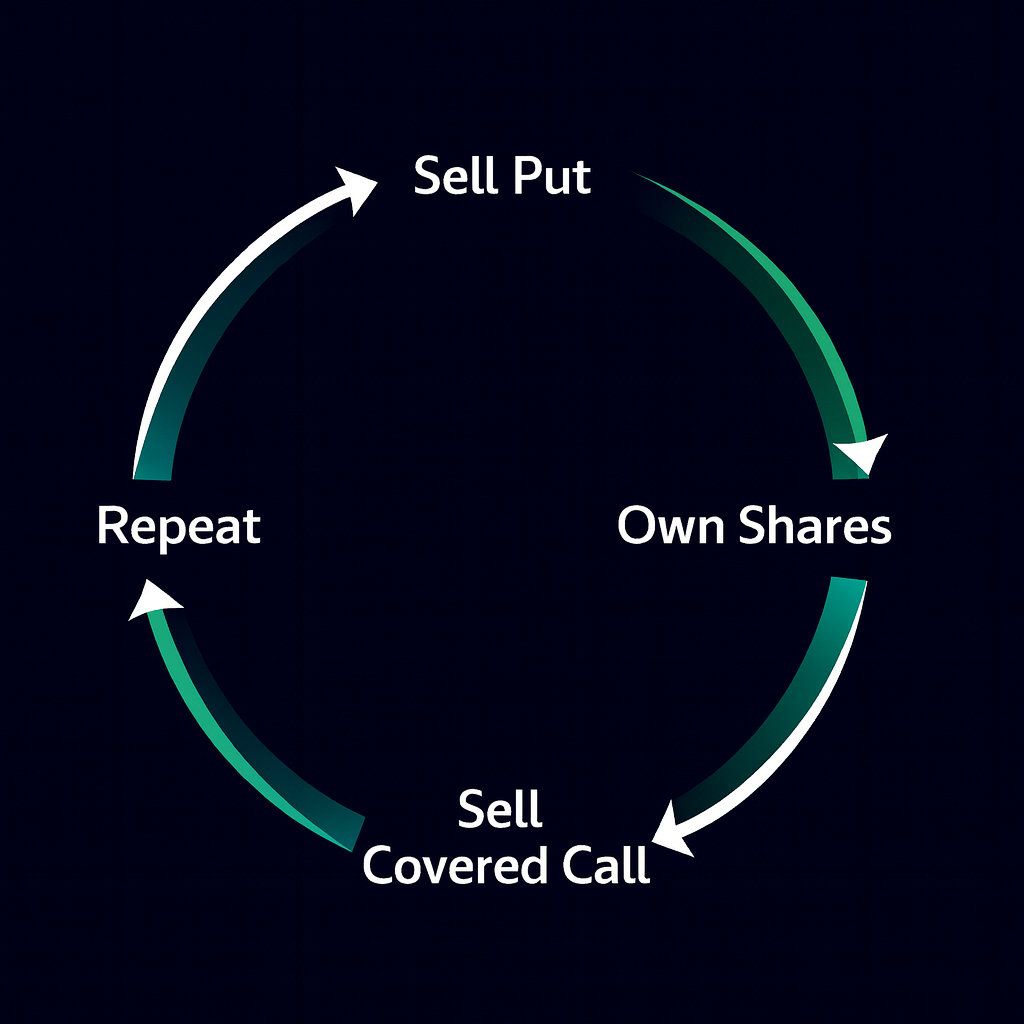Market Environment
Neutral to mildly bullish trends favor the wheel. Sideways price action lets you harvest premium without getting called away immediately.
- - Avoid early stage bear markets.
- - Respect macro catalysts and earnings seasons.
- - Watch sector momentum to align with relative strength.

